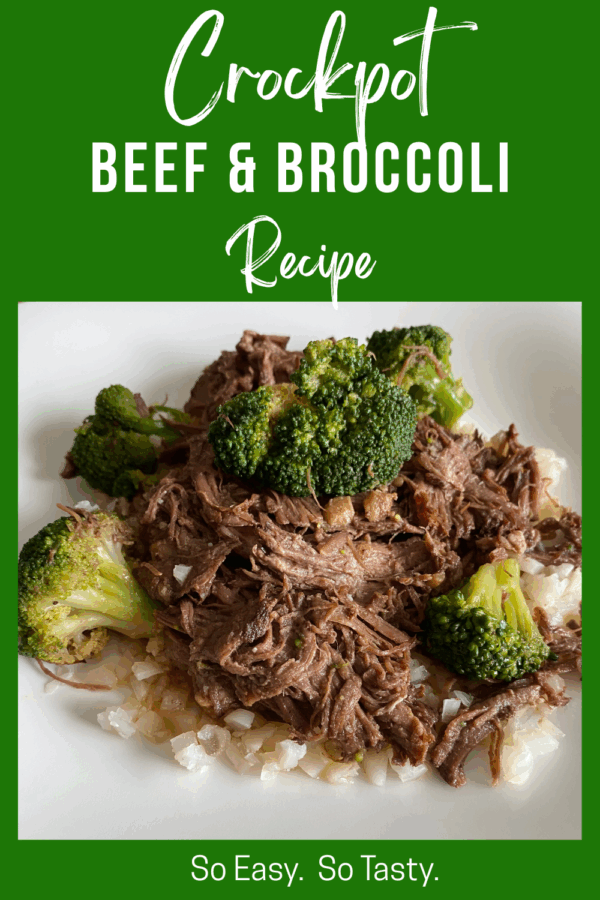
There was a period in my marriage when my husband and I felt like we were living parallel lives—coexisting under the same roof but speaking entirely different languages. Misunderstandings piled up, and even simple conversations would leave us feeling unheard, unseen, and frustrated. We loved each other, but the connection that once felt effortless now seemed like a distant memory. In the midst of this emotional disconnect, we discovered Dr. Julia Colwell’s SEW method—a communication tool that promised clarity, empathy, and reconnection. Skeptical yet hopeful, we decided to give it a try, and to our surprise, it became the bridge back to understanding one another.
What makes the SEW method remarkable is its universal application. While it transformed our marriage, it’s not just for couples. This approach can strengthen any relationship—between friends, coworkers, parents and children, or even with oneself. Its simple yet profound structure gives people the tools to speak authentically while creating space for others to feel heard without judgment or defensiveness. In a world where surface-level interactions are common, SEW invites a depth of communication that enhances trust and emotional intimacy. One of the reasons it is so effective is that it is “unarguable.” When applying this method, the person focuses on direct, personal experiences rather than opinions, judgments, or interpretations. It is stating a felt reality.
Dr. Julia Colwell’s 3-Step SEW Method: A Fresh Way to Communicate in Relationships
Effective communication is the lifeline of any relationship, but many of us were never taught how to truly express ourselves without causing conflict or feeling misunderstood. That’s where Dr. Julia Colwell’s SEW Method comes in—a simple yet powerful three-step approach designed to help you open up with clarity, honesty, and heart. Many of us either become overwhelmed by our emotions or push them down, leading us to react automatically when faced with stress, fear, or frustration.
SEW stands for Sensations, Emotions, and Want/Don’t Want. This approach offers a path for you to obtain:
- Heightened emotional awareness and intelligence
- Conscious responses instead of knee-jerk reactions
- Better stress regulation
- Clarity around your true desires
Let’s delve into what each step means and how this method can strengthen your interactions and relationships with others.
1. Sensations: What Are You Physically Feeling?
The first step of the SEW method is to tune into your sensations—notice what physical experiences are showing up in your body. Pause and check in with yourself. Where are you holding stress or energy? Do you feel tightness in your chest? Butterflies in your stomach? A lump in your throat?
Sensations are real, physical, and unfiltered. They don’t blame, criticize, or rationalize—they just are. By beginning with sensations, you’re grounding yourself in your personal truth without jumping to assumptions about others. Describing your sensations creates a non-defensive opening. Instead of accusing someone (“You’re always unreliable!”), you’re simply stating your own bodily experience, which invites curiosity and empathy rather than defensiveness.
2. Emotions: What Feelings Are Arising?
The next step is to identify your emotions. Emotions give meaning to the sensations you are experiencing. Name the emotion that’s connected to those physical cues. You can ask yourself- “Am I feeling sad, scared, angry, joyful, hurt, excited? What emotional label best fits the sensation in my body?”
Identifying emotions deepens the conversation. Instead of staying surface-level (or erupting in anger), you are giving the other person a clear window into your innermost feelings. It allows the other person to see your vulnerability and respond with care, not defense.
3. Want/Don’t Want: Why You Want (or Don’t Want) Something
Finally, you explain your wants—why you’re feeling this way, and what you want or don’t want moving forward. This step connects your sensations and emotions to a desire or boundary. Clarify what you would like more of—and what you would prefer to let go of.
Without the “want” emotions can hang in the air without a resolution. Expressing why you want or don’t want something creates a roadmap for the other person. It invites collaboration instead of conflict.
Why SEW Works
The beauty of the SEW method is that it moves you from reacting to responding. It slows down emotional reactivity and brings mindfulness into communication. Instead of blaming, bottling up, or bulldozing over feelings, SEW teaches you to speak from the core of your experience with respect for yourself and your partner.
Over time, practicing SEW can create:
- Deeper trust
- More emotional intimacy
- Effective communication
- Healthier conflict resolution
Think of it like stitching up the little rips in your relationship fabric before they turn into big tears. You’re literally sewing connection with sensations, emotions, and wants.
Example of Executing the SEW Method
Scenario: Your partner tells you that he/she may not be able to go to dinner with you tonight.
1. Sensation
“When you said you might cancel our dinner plans I felt a knot in my stomach.”
2. Emotion
“I realized that knot in my stomach was fear and sadness—fear that we won’t spend time together, and sadness because I miss you.”
3. Want / Don’t Want
“I want to feel connected with you because our relationship is important to me. When plans feel shaky, I start to worry that we’re drifting apart. That’s why I would love to either reschedule or find a small way to still connect tonight.”
When you SEW your words thoughtfully, you help your relationship grow stronger—one honest, heartfelt conversation at a time.

